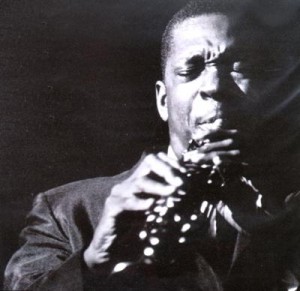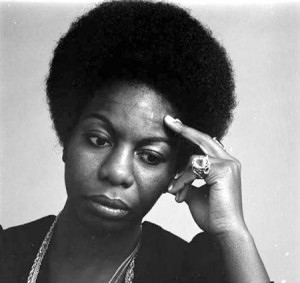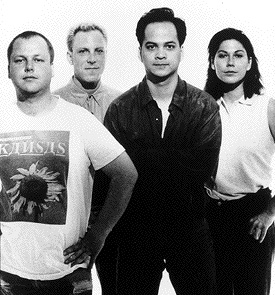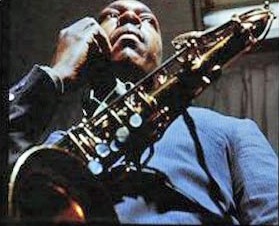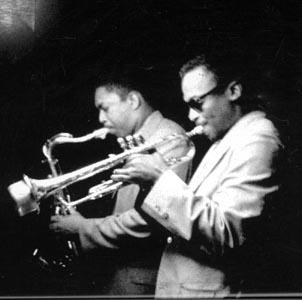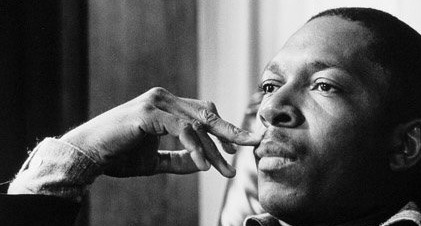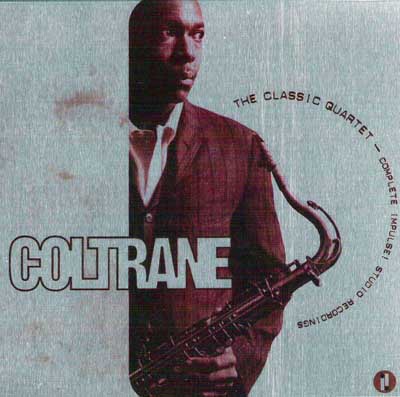Today’s rips stem mostly from an assignment in Tamiko’s class on literature and music tomorrow. She is teaching Nina Simone’s ‘Mississippi Goddamn!’ and I found a compilation on eMusic called the ‘Protest Anthology’. The Birmingham church bombing is an important part of the song and her lecture tomorrow, which reminded me about ‘Alabama’ by John Coltrane, and I realized that with Mira’s love of boxsets, that there is a lot of John Coltrane I still had to rip. I grabbed a handful this morning (mostly Impulse! recordings) and worked through most of them tonight.
Right now, the version of ‘Afro Blue’ on ‘One Up, One Down: Live at the Half Note’ is playing … and it just cut off. This recording is from a live broadcast, and ends after almost thirteen minutes in the middle of one of Coltrane’s amazing solos. Who knows how much longer it went on for, but I do know that it is a crime that this is lost. Not that I can’t just put on the thirty-five minute version of ‘Afro Blue’ on the ‘Live in Seattle’ disc, but as with the eight minute version on the album ‘Afro Blue’ or the three or four other versions I have, I know that these aren’t other performances of the same song. They start out with the melody they need to, and usually move into a McCoy Tyner solo, but after that it really is anybody’s guess, and it is always different and just as amazing. I understand that for some people jazz can be a cacophony, and that Coltrane can be seen as the epitome of that ‘problem’. But once you know get a sliver of an appreciation for what he is doing, there is so magic in these recordings. So much virtuosity, and so much invention. Coltrane might be one of the only artists that could have gotten by in his career playing only one song for the rest of his life, taking the song into forty minutes plus, and saying something new with it every time. So it is really hard to hear one of these performances cut off in the middle. It is like listening to the first two movements of Beethoven’s 5th, and knowing the 3rd and 4th should come next, but you aren’t going to get them.
Anyways – back to Nina Simone and actually how Coltrane fits into this. Some of this can easily be called the soundtrack of the Civil Rights movement. ‘Mississippi Goddamn’ was sung to audiences of whites and at marches where police surrounded everyone. I once heard a quote about people hearing Coltrane play for forty minutes or more during this time, and that hearing someone do that was the sound of freedom. Coltrane, when he was playing music like this, was doing “what a free man could do”. When I listen to this music, I can’t possibly understand what it took for these artists to create this work. My life doesn’t have a parallel to that fight. So while I listen to this music because I love it and enjoy it, I also appreciate the history lesson it provides. And I mourn the bits that are lost because it didn’t fit into a radio broadcast schedule.


